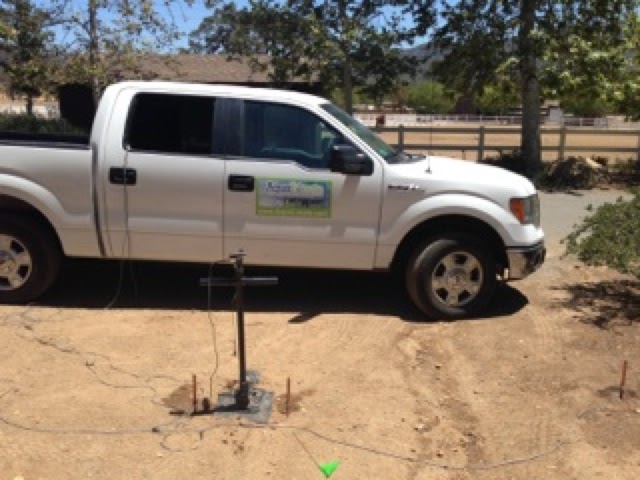Seismoelectric
Technology—The Better Choice
Seismic Reflection:
Seismic Reflection or Reflection Seismology is a method of
exploration geophysics used to estimate the properties of the earth’s
subsurface through reflected seismic waves. In simple terms, seismic reflection
data shows variations in rock formations.
The oil and gas industry has used seismic reflection as a
primary tool in hydrocarbon exploration for decades. There are 2, 3 and 4
dimensional seismic data systems. 2D shows a single slice of the earth, 3D
seismic shows a volume of earth, and 4D seismic shows a 3D volume at different
times in the life of an oil and/or gas field. 3D seismic is the primary choice
for large oil and gas exploration projects.
Seismic reflection data is collected through sound waves
sent into the ground by way of energy sources like a vibroseis truck, air gun
or explosives. Those sound waves pass through the earth and are reflected off
and transmitted through rock layers. A
geophone and receiver box is used in the field to listen to the sound waves
generated by the energy source. The
process of collecting Seismic Reflection data is expensive requiring various
permits, miles of cleared land, heavy machinery, multiple work crews, and
extensive data collection and interpretation time.
Seismoelectric
Systems:
Due to the expense and amount of land needed for seismic
reflection data collection, seismoelectric technology may be more favorable for
the average small to medium lease owner for oil/gas exploration.
There are several differences between seismic reflection and
seismoelectric systems. Unlike seismic reflection systems, seismoelectric
systems image the mobile resistive liquids (oil, gas, water) rather than the
geologic structure. If there aren’t any
resistive liquids within 10,000 feet of the surface, there won’t be any
seismoelectric signal. This helps reduce
the chance of false positives.
Seismoelectric data is collected using isolated electrode
pairs. Seismoelectric signals occur when
fast p-waves intersect interfaces where the anelastic properties change (e.g.
permeability, porosity, fluid conductivity, fluid viscosity, or ionic
concentration). Such interfaces generate
various types of slow p-waves, which decay very rapidly generating heat and electrical
signals; additionally the rise time of the seismoelectric signal is inversely
proportional to the permeability change.
Seismoelectric data acquisition at the surface can measure the
electrical fields from decaying slow waves and can then be used to calculate
the change in anelastic properties at the interfaces.
Seismoelectric data is typically collected along profile
lines or on grids producing images of approximated subsurface permeability or
porosity. Once the data collection
process is complete for a specific property, software can be used to create 2D and
3D models of the interpreted seismoelectric data.
While there are numerous systems claiming to be able to
collect seismoelectric data, there is only one (the PL14 Seismoelectric Oil/Gas
Exploration System) that has a combination of hardware, firmware and software
that were specifically designed to collect and process seismoelectric
data. That system has been in use around
the world for more than two decades.







